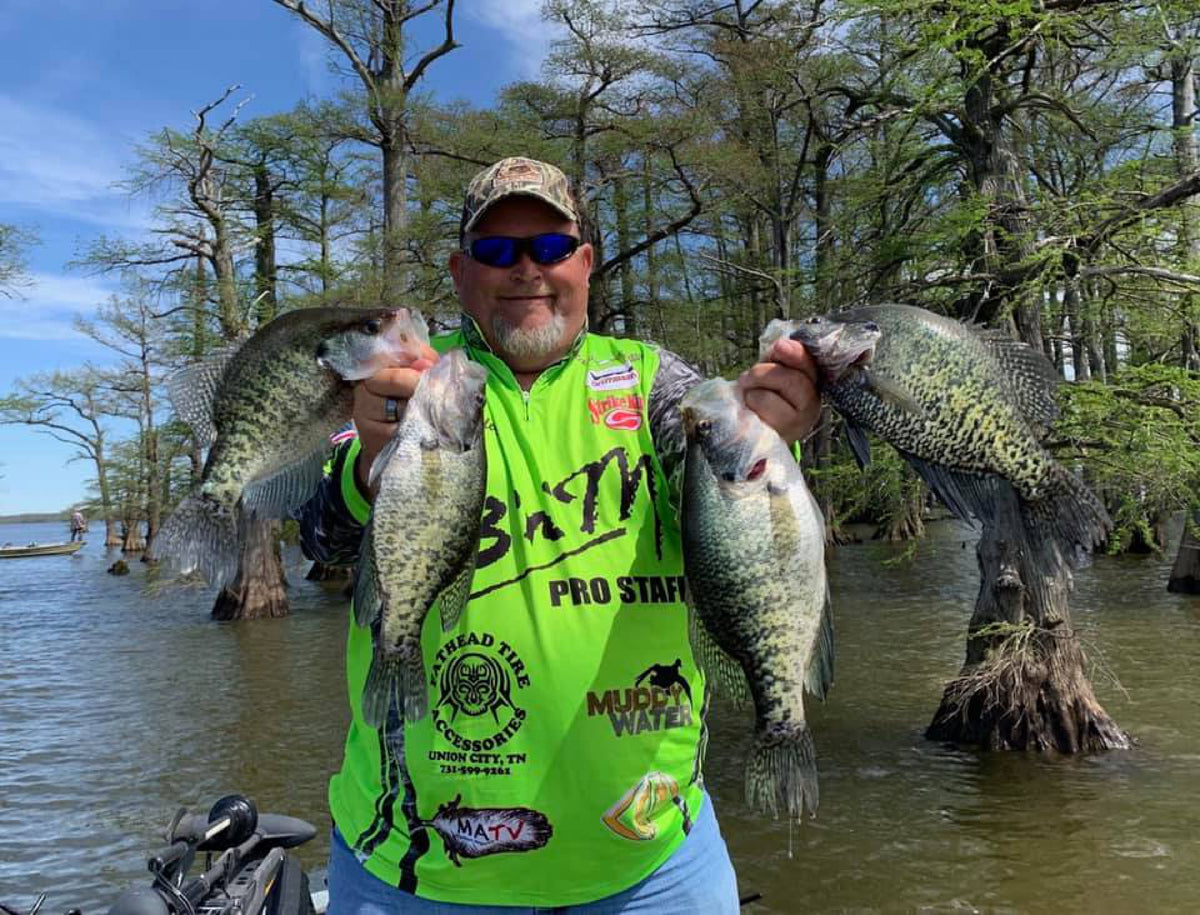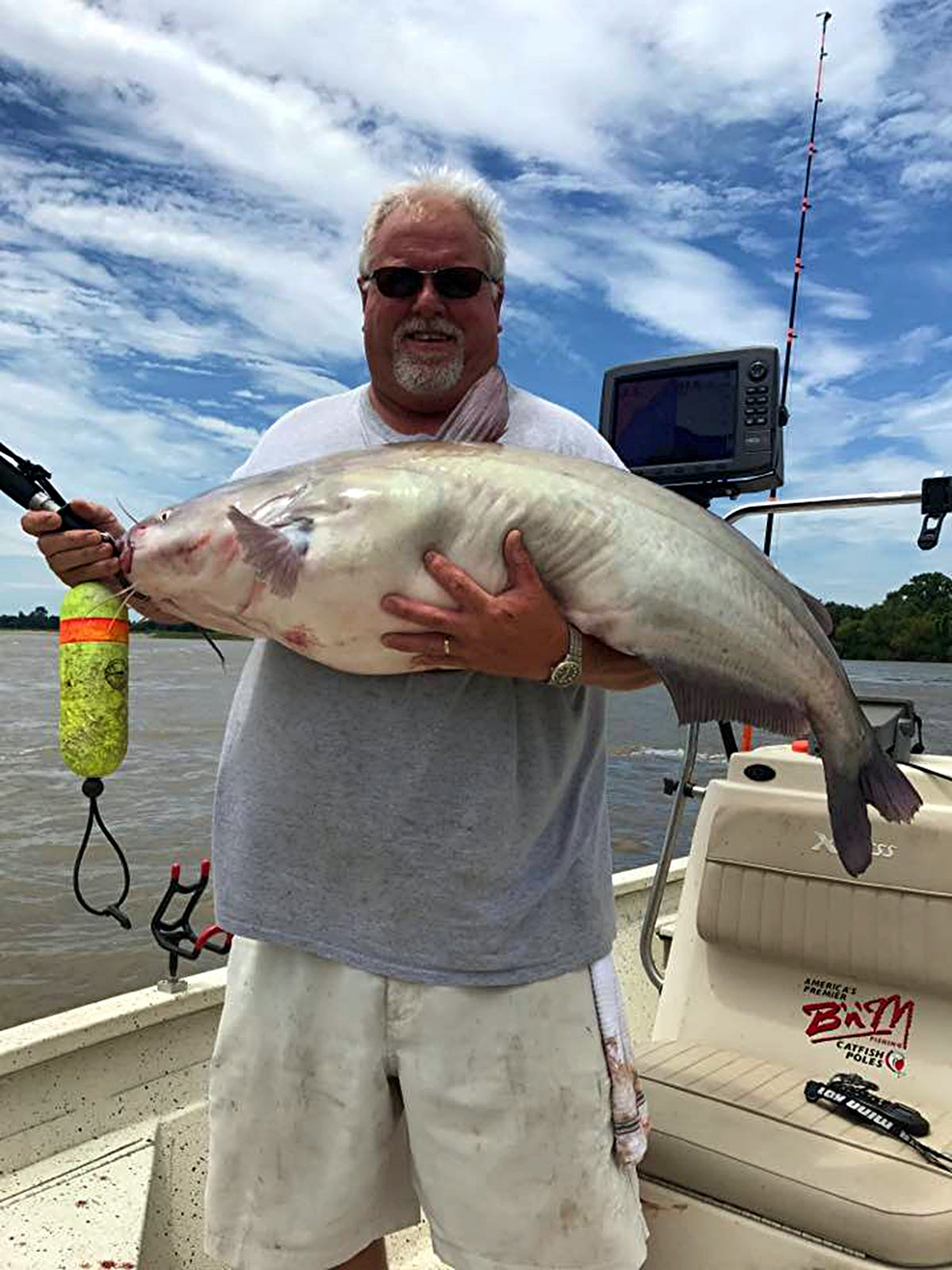
Cracking The Shellcracker Code with Brad Whitehead
Cracking The Shellcracker Code with Brad Whitehead
Phillip Gentry
The first step in learning how to catch a specific type of fish is knowing what to call it. In a marine biology class, you could single out one of the larger, more aggressive sunfish species by referring to it as a redear sunfish. That might garner you a sideways glance at the boat dock. In areas where they sell crawfish in a sack, by the side of the road, you could call it a chinquapin and get a nod of approval. Most everywhere else, you could call it a shellcracker and you would be speaking the local language.
Folks often refer to both shellcrackers and bluegills as “bream”, the association is close enough, but there are some distinct differences between the two fish. Shellcrackers spawn earlier in the year than bluegills, anywhere from two to six weeks earlier. Shellcrackers also tend to grow larger than bluegills, and as mentioned, are a little more aggressive when it comes to the underwater world.
B’n’M pro-staffer and North Alabama fishing guide Brad Whitehead looks to fishing for both shellcrackers and bluegill as a gap filler. The fishing for these fish typically heats up during the normal crappie fishing lull right after crappie come off the beds and before they get into their reliable spring and summer patterns.

Shellcrackers, noted by the red flaps on their gill plates, are one of the larger of the sunfish species.
“Crappie go into a funk this time of year, and I have several clients who want to go catch shellcrackers so I’ve learned a thing or two about these fish through the years,” said Whitehead.
According to Whitehead, finding shellcrackers in the Spring is a matter of knowing where they bed. To find their beds he relies on older, new sonar technology, meaning side imaging.
“I tell people when you scan hard bottom areas in 4 – 12 feet of water for bream beds using side imaging, what you will see looks exactly like the surface of a golf ball cut in half and flattened out,” he said. “It’s basically just a series of dimples close together all over the bottom.”
Through his years as a fishing guide, Whitehead said most of the time, shellcrackers will return to the same areas to spawn from years before, unless something drastic like a pier has been built on that spot.

B’n’M’s original Sharpshooter rod is Whitehead’s weapon of choice for targeting shellcrackers.
To verify that there’s someone home in an area, he will use a downsized Carolina rig with a ¼ oz egg sinker looped three times through the weight and a #4 or #6 Eagle Claw bream hook on the end of the line a foot to 18 inches below.
His preferred bait is one of the more unusual – frozen crickets.
“I learned this years ago from my grandfather to buy a whole sack of crickets and freeze them. He did this because it wasn’t uncommon to have bait shops run out of crickets when the fishing was good,” said Whitehead. “I store these in empty Crappie Niblets containers and lay them out on the deck of the boat. By the time we start fishing, they’re thawed out and ready to go.”
Whitehead tries to position his War Eagle boat a good cast length away from the bed he’s marked and will use the Spot-Lock feature on the trolling motor to hold in position rather than anchoring.
He’ll cast the Carolina-rigged cricket using one of B’n’M’s original 5 ½ foot Sharpshooter rods spooled with 4 or 6-pound Vicious Hi Vis monofilament line to what he believes is the far side of the bedding area. Once the rig lands, he starts bumping it along the bottom and if he’s hit his mark, it won’t be long till he’s got a fish on the line.

Catching a mess of shellcrackers is a great way to spend a late spring day.
“Sometimes I’ll tie on a cork and fly on a 7 ½ foot B’n’M Crappie Wizard rod or cast a Charlie Brewer Whirly Bee if all we are catching are smaller males,” said Whitehead. “The larger females will group together, and they will hit the bigger, more aggressive baits.”
He said it’s a great way to spend a spring day, especially with younger or older anglers.
“Funny thing is I can do almost the exact same thing from about Thanksgiving until the third week of December, in those same places. They’re not spawning. I think they move up into the shallows just to eat,” said Whitehead. “I hardly ever fish for them then, because clients would rather catch crappie or smallmouth, but it’s been a consistent pattern up here over the years.”
**************
To arrange a fishing trip on one of North Alabama’s top fishing spots with guide Brad Whitehead, contact him by phone at (256) 483-0834.
*************
Wherever fishing takes you, B’n’M has been there. Visit our website at bnmpoles.com
Also in Weekly Tips and Techniques

North Texas Fall Crappie Fishing with Brian Carter
Texas crappie pro-staffer Brian Carter loves to pitch jigs at standing timber during the fall of the year.

Summer Crappie Fishing with Billy Blakley
B’n’M pro-staffer Billy Blakley claims the copious amount of rainfall so far this year has created some great summer crappie fishing on Reelfoot Lake.

Search Tactics for Summer Catfish – Part 2
Catfish guide David Magness said his favorite search technique for slack water fishing is to troll drift rigs behind planer boards.
